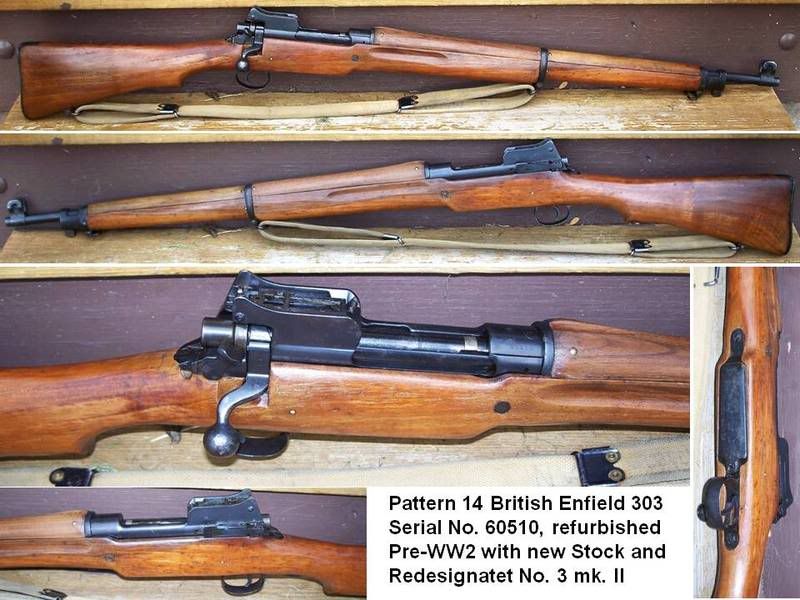The Ishapore 7.62 rifiles are known as the "Ishapore 2A1" and were converted from the SMLE rifle in 1962.
The SMLE rifles were No.1 Mark 111* converted by Ishapore from .303 to take the 7.62 (.308) military ammo. The Mark 111* rifle is much stronger than the earlier P14 and the much later No4 Marks. Also the P14 had a 5 shot magazine, was heavier and the barrel steel is not as good.
These Indian Ishapore rifles can be easily recognized by the square box shape 10 round magazine (the 7.62 being rimless) as opposed to the .303 rimmed sloping SMLE 10 round magazine.
A good book for reference is Ian Skennerton's "The Enfield Story". It details the Indian Ishapore conversion.
So much wrong information here, I don't know where to begin.
First, Ishapore rifles weren't "converted" from No. 1 Mk III rifles. Completely new receivers ("bodies") were made from nickel vanadium alloy steel that had much higher tensile strength than the old receivers. These are known as "EN" receivers. Tests conducted in Australia on No. 1 Mk IIIs found the originals to be severely lacking in strength in conversion tests to .308/7.62 NATO, often with receivers stretching dangerously/cracking after firing just a few proof rounds. The barrels on Ishapore 2As were also newly made, as well as buttstocks. Since Ishapore never retooled for No. 4 production, newly made parts for No. 1 Mk III rifles were readily available. The 2A rifles are not "conversions" in the sense that .303 rifles were not converted to .308, but, rather, newly made rifles, much the same way that the U.S. Model of 1917 was not a "conversion" of the Pattern '14 .303. Also, magazines are 12 rounds, not 10.
Second, the No. 1 Mk III is NOT as strong as a Pattern '14 rifle. The Pattern '13, '14 and subsequent U.S. Model of 1917 rifles have withstood overpressure loads in excess of 100,000 psi. These rifles are completely different than the Lee-Enfields, anyway, as they are based on the Mauser rifle. Furthermore, all Pattern 14 rifles were made in the U.S. under peacetime conditions and the materials used were the finest available.
Additionally, No. 1 Mk IIIs are NOT as strong as No. 4 rifles. The No. 4 rifle was developed specifically to address the inherent weaknesses in the No. 1 Mk IIIs. The fact that the No. 4 rifles were subsequently converted/rebarreled (using old .303 recievers, not newly produced ones) and issued in H.M. Armed Forces as the L8 series, L39 and L42 sniper (not declared obsolescent until 1992), certainly attests to their strength.
If you have access to a copy of
The Lee Enfield Story by Ian Skennerton, you may want to reread accounts of these rifles and their histories and specifics.

